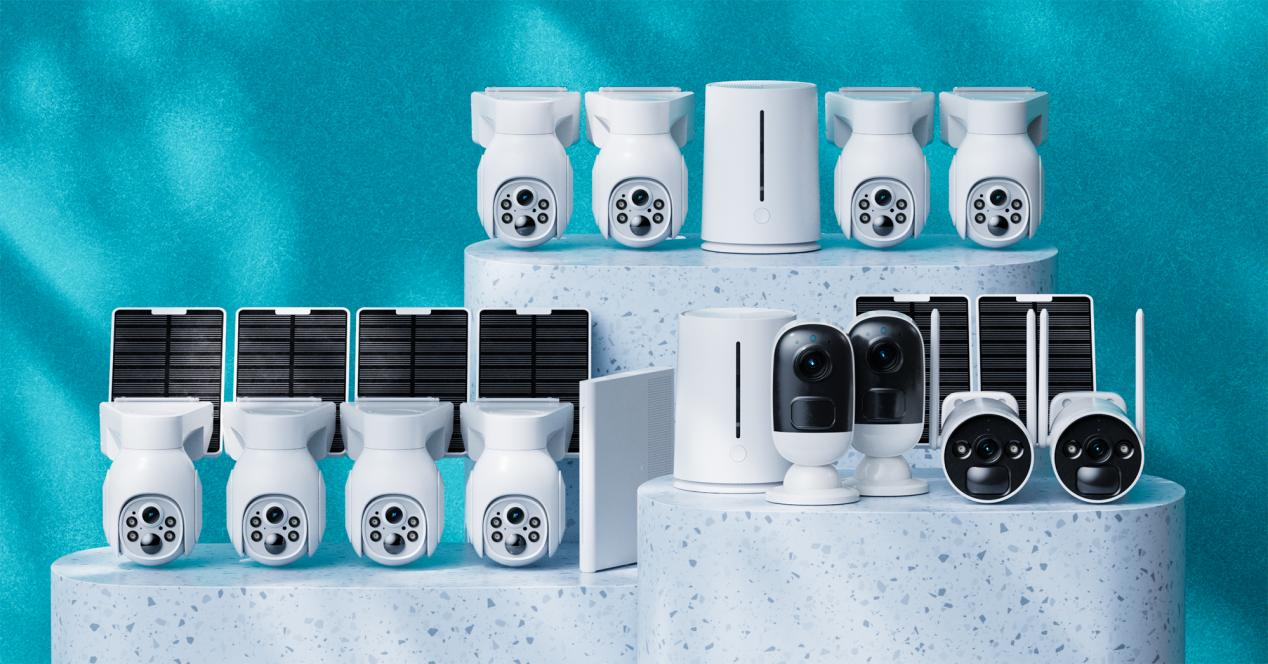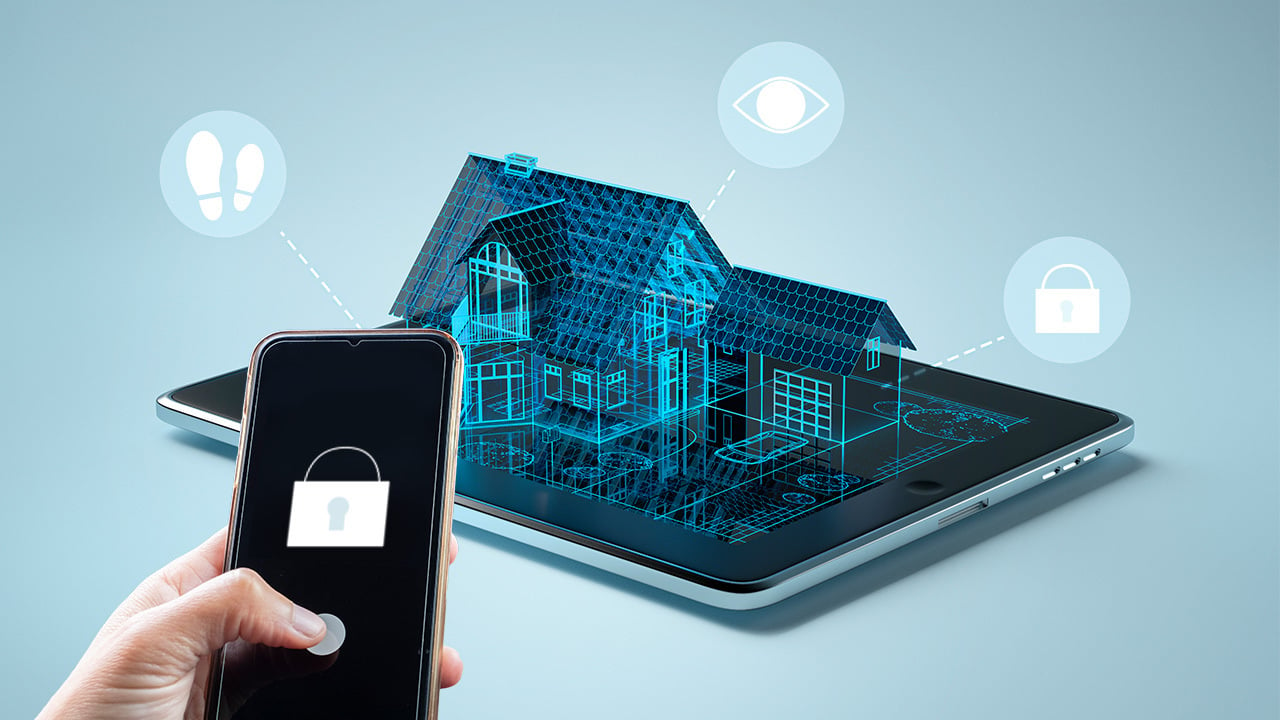Choosing the right security camera for your needs can be a daunting task given the variety of options available. Each type of camera is designed to serve specific purposes and environments. In this blog, we will explore the different types of security cameras, including dome, bullet, and more, to help you make an informed decision.
Dome Cameras
Overview: Dome cameras are named for their dome-shaped housing. They are widely used for indoor surveillance but can also be adapted for outdoor use with weatherproof models.
Key Features:
Discreet Design: The dome shape makes it difficult for onlookers to determine which direction the camera is facing, providing a subtle and non-intrusive surveillance option.
Vandal-Resistant: Many dome cameras come with tough, impact-resistant casings that protect against tampering and vandalism.
Wide Angle: Typically offer a broad field of view, making them ideal for covering large areas such as lobbies or retail spaces.
Best Uses:
Indoor surveillance in retail stores, offices, and residential properties.
Locations requiring a wide field of view and discreet monitoring.
Bullet Cameras
Overview: Bullet cameras have a long, cylindrical shape, resembling a bullet shell. They are known for their powerful image capturing and are commonly used in both indoor and outdoor settings.
Key Features:
Highly Visible: Their prominent design acts as a deterrent to potential intruders.
Long-Range Viewing: Equipped with lenses that can capture clear images over long distances, making them suitable for monitoring large outdoor areas.
Easy Installation: Typically mounted on walls or ceilings with adjustable brackets, allowing for flexible positioning.
Best Uses:
Outdoor surveillance of parking lots, driveways, and perimeters.
Indoor areas requiring focused monitoring, such as hallways or cash registers.
PTZ (Pan-Tilt-Zoom) Cameras
Overview: PTZ cameras offer the ability to pan, tilt, and zoom, providing dynamic and flexible surveillance.
Key Features:
Remote Control: Can be controlled remotely to adjust the camera angle and zoom in on specific areas, offering extensive coverage.
Auto-Tracking: Some models come with auto-tracking features that follow moving objects, ensuring continuous monitoring.
High Zoom Capabilities: Equipped with powerful zoom lenses that can capture detailed images from a distance.
Best Uses:
Large areas requiring flexible and comprehensive monitoring, such as warehouses, parking lots, and public spaces.
Situations needing active surveillance, like monitoring live events or security operations centers.
C-Mount Cameras
Overview: C-Mount cameras come with detachable lenses, allowing users to change lenses for different viewing requirements.
Key Features:
Lens Flexibility: Can be fitted with specialized lenses to cover various distances and fields of view.
High Resolution: Often provide superior image quality, making them suitable for detailed surveillance.
Robust Design: Built to withstand harsh environmental conditions, making them ideal for industrial settings.
Best Uses:
Specialized surveillance tasks requiring specific lenses, such as long-distance monitoring or close-up inspections.
Industrial and manufacturing environments needing high-resolution footage.
Thermal Cameras
Overview: Thermal cameras detect heat signatures rather than visible light, making them useful in complete darkness or adverse weather conditions.
Key Features:
Heat Detection: Can see through smoke, fog, and darkness, providing reliable surveillance in challenging conditions.
Intruder Detection: Useful for detecting unauthorized access by identifying body heat.
Non-Visible Light: Operates without visible light, ensuring discreet monitoring.
Best Uses:
High-security areas requiring 24/7 monitoring, such as borders, critical infrastructure, and perimeters.
Fire detection and monitoring in environments with poor visibility.
Conclusion
Understanding the different types of security cameras and their unique features can help you choose the best system for your specific needs. Whether you need discreet indoor surveillance, robust outdoor monitoring, or advanced features like PTZ and thermal imaging, there's a security camera designed to meet your requirements.
Investing in the right type of security camera not only enhances the safety and security of your property but also provides peace of mind knowing that you have reliable surveillance in place. Take the time to evaluate your specific needs and select the camera type that best fits your environment and security goals.




Leave a comment
This site is protected by hCaptcha and the hCaptcha Privacy Policy and Terms of Service apply.